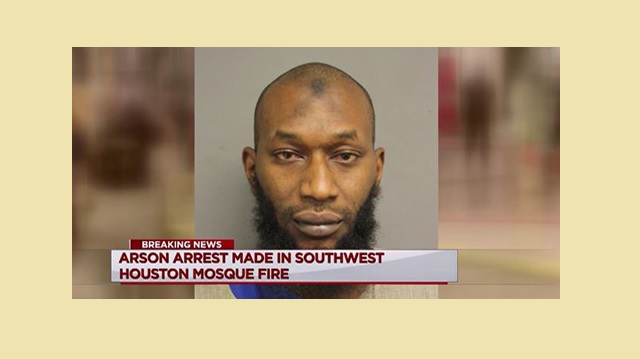Why the Feds (Still) Own so Much of the Country by Steve H. Hanke
The recent “occupation” of government-owned lands in Eastern Oregon by disgruntled ranchers’ motivated Quoctrung Bui and Margot Sanger-Katz of the New York Times to produce an edifying essay on January 6th. It was aptly titled “Why the Government Owns So Much Land in the West.” Curiously, the NYT essay fails to mention one of the most significant, recent, and contentious attempts to “dispose” of federal public lands.
When Ronald Reagan was elected president for his first term in 1980, he received strong support from the so-called Sagebrush Rebels. The Rebels wanted lands owned by the federal government to be transferred to state governments. Their champion was James Watt, a self-proclaimed Sagebrush Rebel who became the Secretary of the Interior.
When I was operating as one of President Reagan’s economic advisers, an early assignment was to analyze the federal government’s landholdings and make recommendations about what to do with them. This was a big job. These lands are vast, covering an area six times that of France.
These public lands represent a huge socialist anomaly in America’s capitalist system. As is the case with all socialist enterprises, they are mismanaged by politicians and bureaucrats dancing to the tunes of narrow interest groups. Indeed, the U.S. nationalized lands represent assets that are worth trillions of dollars, yet they generate negative net cash flows for the government.
I first presented my findings and recommendations publically at the annual Public Lands Council meeting of September 1981 in Reno, Nevada. The title of my speech was “Privatize Those Lands” — privatize being a word Mrs. Hanke, a Parisian, had imported from France.
My Reno speech caused a stir. James Watt, the Secretary of the Interior, was furious because he wanted to hand over the lands to the state governments — exchanging one form of socialism for another. Needless to say, I thought I was in deep trouble. Hoping to avoid political immolation, I rapidly sent my analysis to the President.
Reagan instantly responded, taking my side. Better yet, he swiftly made my proposals the Administration’s policy. The president endorsed privatizing federal lands in his budget message for the 1983 fiscal year:
Some of this property is not in use and would be of greater value to society if transferred to the private sector. In the next three years we would save $9 billion by shedding these unnecessary properties while fully protecting and preserving our national parks, forests, wilderness and scenic areas.
 It turned out that Reagan had already thought about this issue. The book Reagan, In His Own Hand (2001) makes that clear. This volume contains 259 essays Reagan wrote in his own hand, mainly scripts for his five minute, five-day-a-week syndicated radio broadcasts in the late 1970s. Reagan, In His Own Hand contains several essays on the subject that clearly foreshadowed his policy statement on privatizing public lands. His 1970s musings on public lands echo the writings of Adam Smith. While Reagan never cited Smith, he employed similar reasoning.
It turned out that Reagan had already thought about this issue. The book Reagan, In His Own Hand (2001) makes that clear. This volume contains 259 essays Reagan wrote in his own hand, mainly scripts for his five minute, five-day-a-week syndicated radio broadcasts in the late 1970s. Reagan, In His Own Hand contains several essays on the subject that clearly foreshadowed his policy statement on privatizing public lands. His 1970s musings on public lands echo the writings of Adam Smith. While Reagan never cited Smith, he employed similar reasoning.
Indeed, Smith concluded in The Wealth of Nations (1776) that “no two characters seem more inconsistent than those of the trader and the sovereign,” as people are more prodigal with the wealth of others than with their own. In that vein, Smith estimated that lands owned by the state were only about 25% as productive as comparable private holdings. Smith believed Europe’s great tracts of crown lands to be “a mere waste and loss of country in respect both of produce and population.”
Unfortunately, political opposition — largely from ill-informed environmentalists and some Sagebrush Rebels, too — stopped Reagan from privatizing. U.S. nationalized lands remain ill-used and a constant source of dispute.




